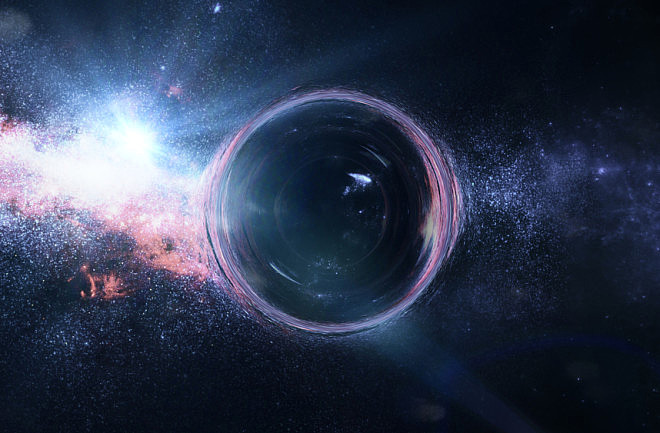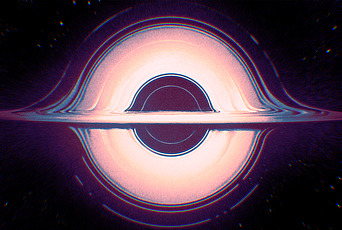
'Fuzzballs' Might Be the Answer to a Decades-Old Paradox About Black Holes
"Don’t let fear of getting sucked into a black hole keep you up at night, says Lia Medeiros, a National Science Foundation postdoctoral fellow at the Institute for Advanced Study; you’d have to get really close for that to happen. From far away, a black hole behaves like any other object with a lot of gravity, like a star. But if you were to drift too close to a black hole, you’d reach a point of no return called the event horizon, 'the distance from the black hole where even if you’re moving at the speed of light, you still can’t escape it,' explains Medeiros.
And beyond that event horizon, the traditional thinking goes, there’s a whole bunch of empty space, with all the stuff that the black hole has consumed squeezed into one tiny point in the middle. We call that point of compression the singularity.
Two problems arise from this traditional model of a black hole, says Fabio Pacucci, an astrophysicist at Harvard University. One is that the idea of a singularity—a point of infinite density and infinite gravity— doesn’t play well with the natural world."
Read more at Discover Magazine.


